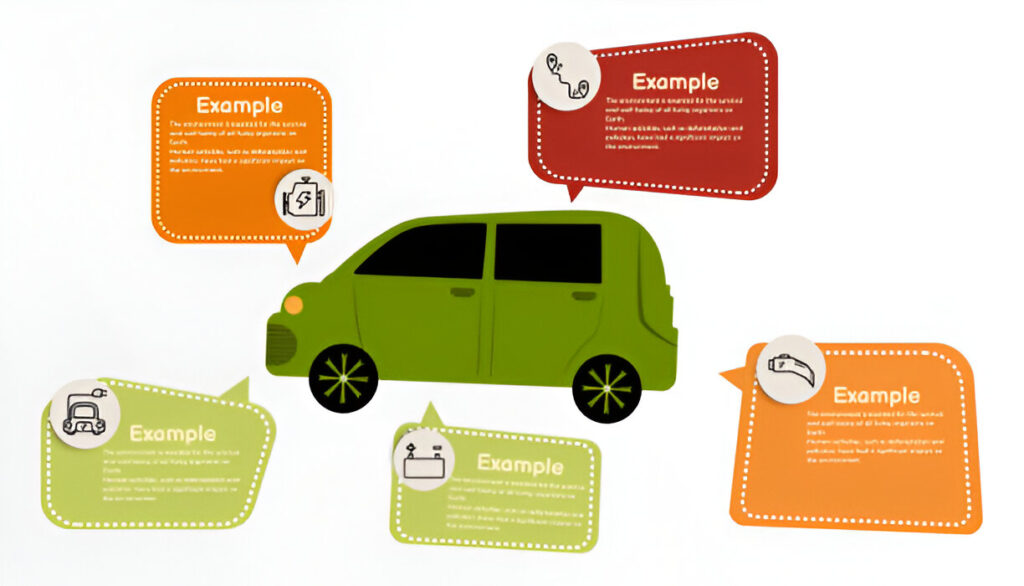Transporting a car, whether across the country or just a few hundred miles, can be a daunting task. Whether you’re moving, selling a vehicle, or buying a car from a distant location, selecting the right car transport option is crucial for ensuring the vehicle’s safety and minimizing costs.
With various methods available, it’s essential to understand the different car transport options and the benefits each provides. This guide will explore the most popular ways to transport a car and help you make an informed decision.
1. Open Car Transport
What is Open Car Transport?
Interstate Car Transport is the most common and cost-effective method of shipping a vehicle. In this method, cars are loaded onto an open trailer, typically a multi-level truck that can carry anywhere from six to ten vehicles at once. The vehicles are exposed to the elements, but open transport is often considered reliable for most cars, especially standard models.
Benefits of Open Car Transport:
- Affordability: Open transport is usually the cheapest option because multiple cars are transported at once, reducing costs for each vehicle.
- Availability: With open car carriers being the most popular method, it’s easier to find and book transport services.
- Efficiency: Open carriers tend to be quicker to load and unload, making delivery times faster than other methods.
Drawbacks:
- Exposure to Weather and Road Debris: Vehicles transported on an open trailer are exposed to the weather and any debris on the road. While damage is rare, this could be a concern for high-end or classic cars.
2. Enclosed Car Transport
What is Enclosed Car Transport?
Enclosed car transport involves shipping vehicles in a covered trailer, protecting them from the elements and any external hazards. This method is typically used for luxury, classic, or high-value vehicles that require extra protection during transit.
Benefits of Enclosed Car Transport:
- Protection: Enclosed trailers offer complete protection from the weather, road debris, and potential damage during transport.
- Security: Vehicles transported in enclosed carriers are often less visible, reducing the risk of theft or vandalism.
- Peace of Mind: This method provides added assurance for owners of expensive or sentimental vehicles.
Drawbacks:
- Higher Costs: Enclosed transport is significantly more expensive than open transport, typically 30-50% more due to the added protection and fewer cars being transported at once.
- Longer Wait Times: Because fewer enclosed carriers are available, it may take longer to schedule a pickup and delivery.
3. Door-to-Door Transport
What is Door-to-Door Transport?
Door-to-door car transport is a service where the carrier picks up the vehicle from a specified location (usually your home or a nearby accessible area) and delivers it directly to your chosen destination. This method offers convenience and reduces the need to travel to a terminal or drop-off location.
Benefits of Door-to-Door Transport:
- Convenience: The vehicle is picked up and delivered as close as possible to your specified locations, reducing the need for additional transportation.
- Time-Saving: You don’t need to drop off or pick up your car at a terminal, saving you time and effort.
Drawbacks:
- Potential Access Issues: Large transport trucks may have difficulty accessing certain residential streets or urban areas, requiring you to meet the driver in a nearby, accessible location.
4. Terminal-to-Terminal Transport
What is Terminal-to-Terminal Transport?
Terminal-to-terminal car transport involves dropping off and picking up your vehicle at a designated terminal or shipping facility. This method is often cheaper than door-to-door service but can be less convenient, especially if the terminals are far from your location.
Benefits of Terminal-to-Terminal Transport:
- Cost-Effective: Terminal-to-terminal service is typically cheaper than door-to-door transport because it consolidates pickups and deliveries in central locations.
- Flexible Timing: Terminals often have flexible drop-off and pick-up times, allowing you to schedule according to your availability.
Drawbacks:
- Inconvenience: You’ll need to arrange transportation to and from the terminals, which can be time-consuming and require extra effort, especially if the terminals are far away.
- Potential Delays: Vehicles may sit at the terminal for extended periods if the carrier is waiting for a full load, causing potential delays in delivery.
5. Driveaway Services
What is a Driveaway Service?
Driveaway services involve hiring a professional driver to drive your car from its current location to the destination. This option is ideal for those who need their car to arrive quickly or don’t want it loaded onto a trailer.
Benefits of Driveaway Services:
- Quick Delivery: Since your car is being driven directly to its destination, it can often arrive faster than other transport methods.
- Lower Costs: Driveaway services can be more affordable, particularly for shorter distances, as there’s no need to pay for loading and unloading a truck.
Drawbacks:
- Wear and Tear: Since your car is being driven, it will accumulate mileage and potential wear and tear during the journey.
- Limited to Certain Vehicles: Driveaway services are typically only available for operational vehicles. Non-running cars or those with mechanical issues cannot use this method.
6. Rail Transport
What is Rail Transport?
Rail transport involves shipping your vehicle via train. This option is typically used for long-distance or cross-country transport, where trains can move vehicles more efficiently over large distances.
Benefits of Rail Transport:
- Cost-Effective for Long Distances: Rail transport can be more affordable for cross-country moves, especially if you’re moving multiple vehicles.
- Environmentally Friendly: Trains are more fuel-efficient than trucks, making this option greener and more sustainable.
Drawbacks:
- Limited Availability: Rail transport isn’t as widely available as other options and is often limited to major cities with access to rail stations.
- Additional Transport Required: You may need to arrange for transport to and from the rail station, adding an extra step to the process.
Select the Right Car Transport
Selecting the right car transport option depends on your budget, timeline, and the level of protection your vehicle needs. Open transport is the most cost-effective and widely used method, while enclosed transport offers greater protection for luxury or classic cars.
Door-to-door service provides convenience, while terminal-to-terminal transport can save you money. Driveaway services are ideal for quick delivery but come with the drawback of added mileage. Lastly, rail transport is an eco-friendly option for long-distance moves, but its limited availability may require additional planning.
By understanding the different car transport options available, you can choose the one that best meets your needs and ensure your vehicle arrives safely at its destination.

